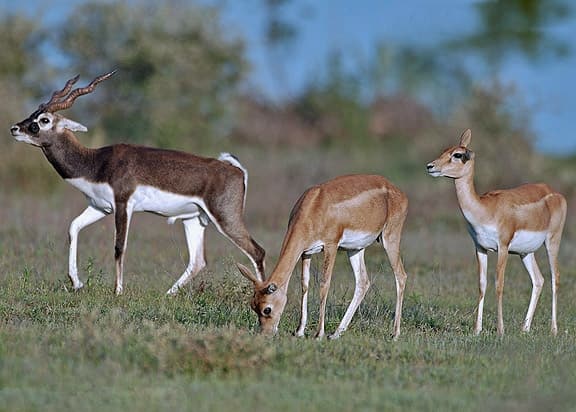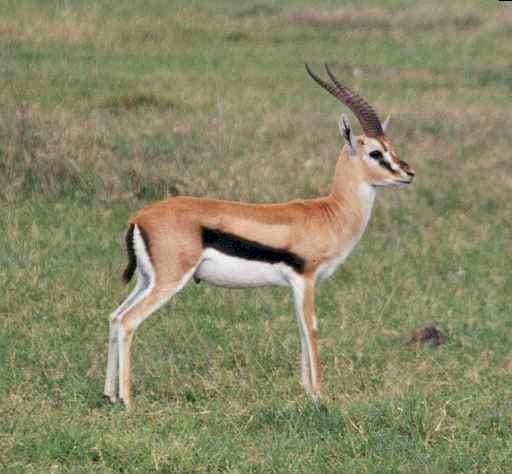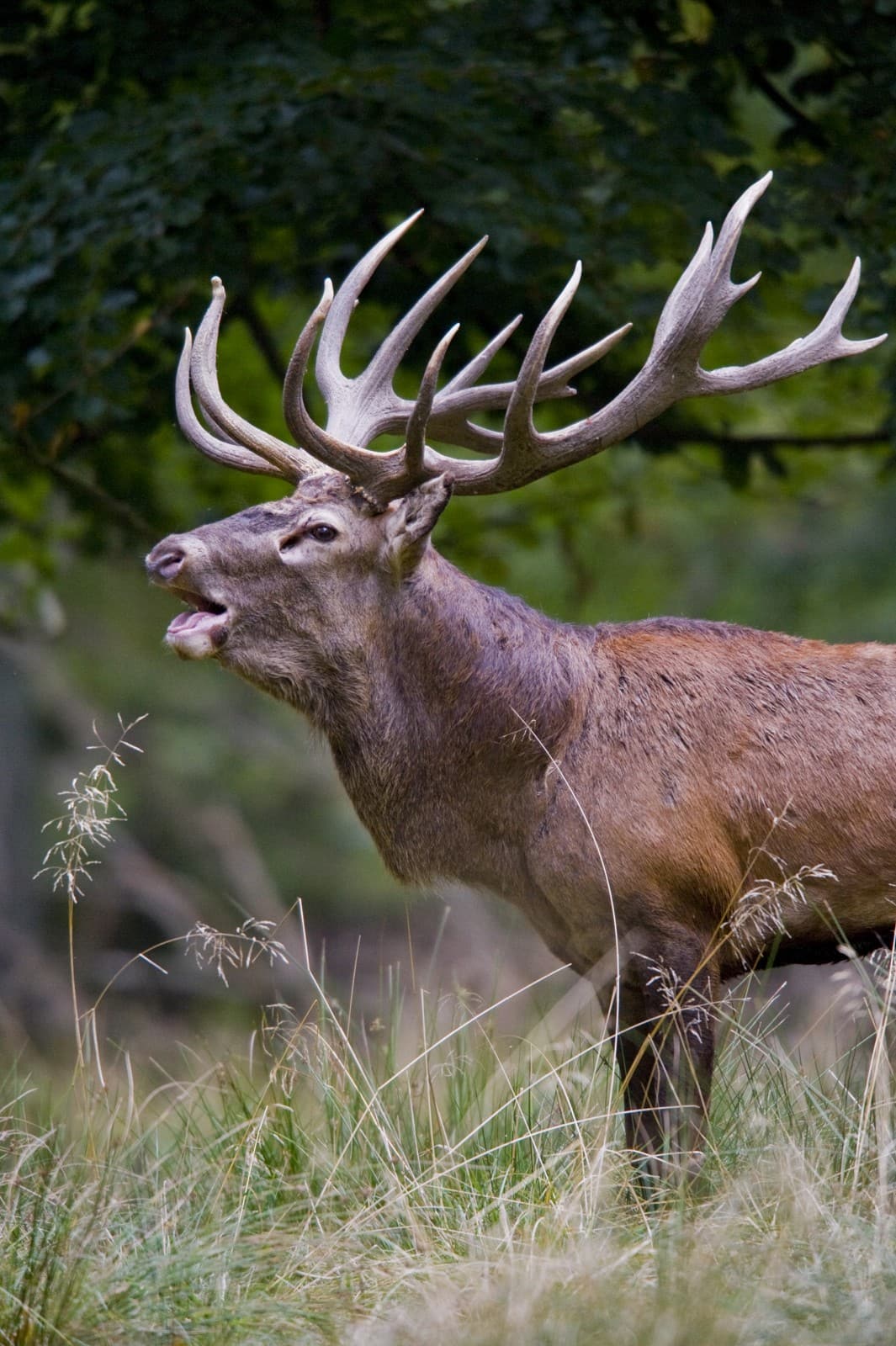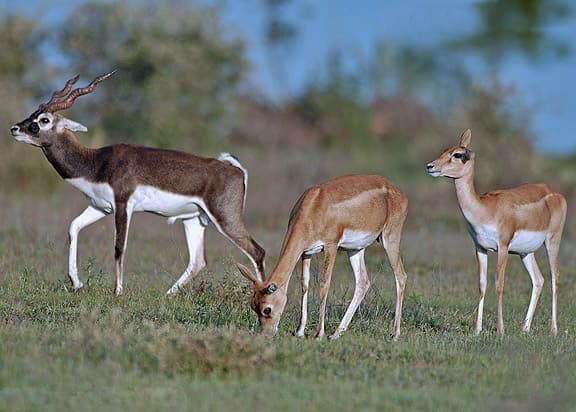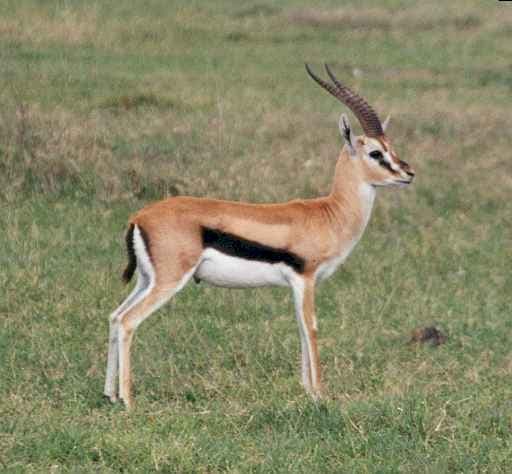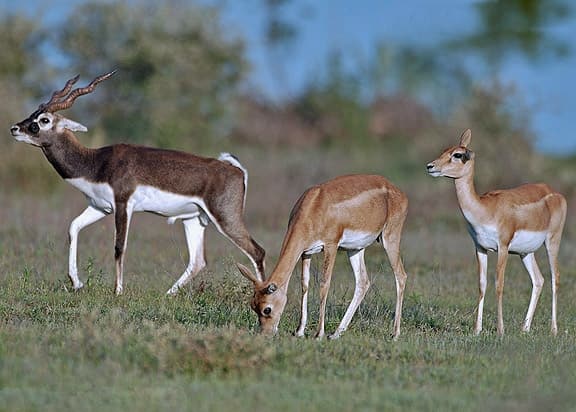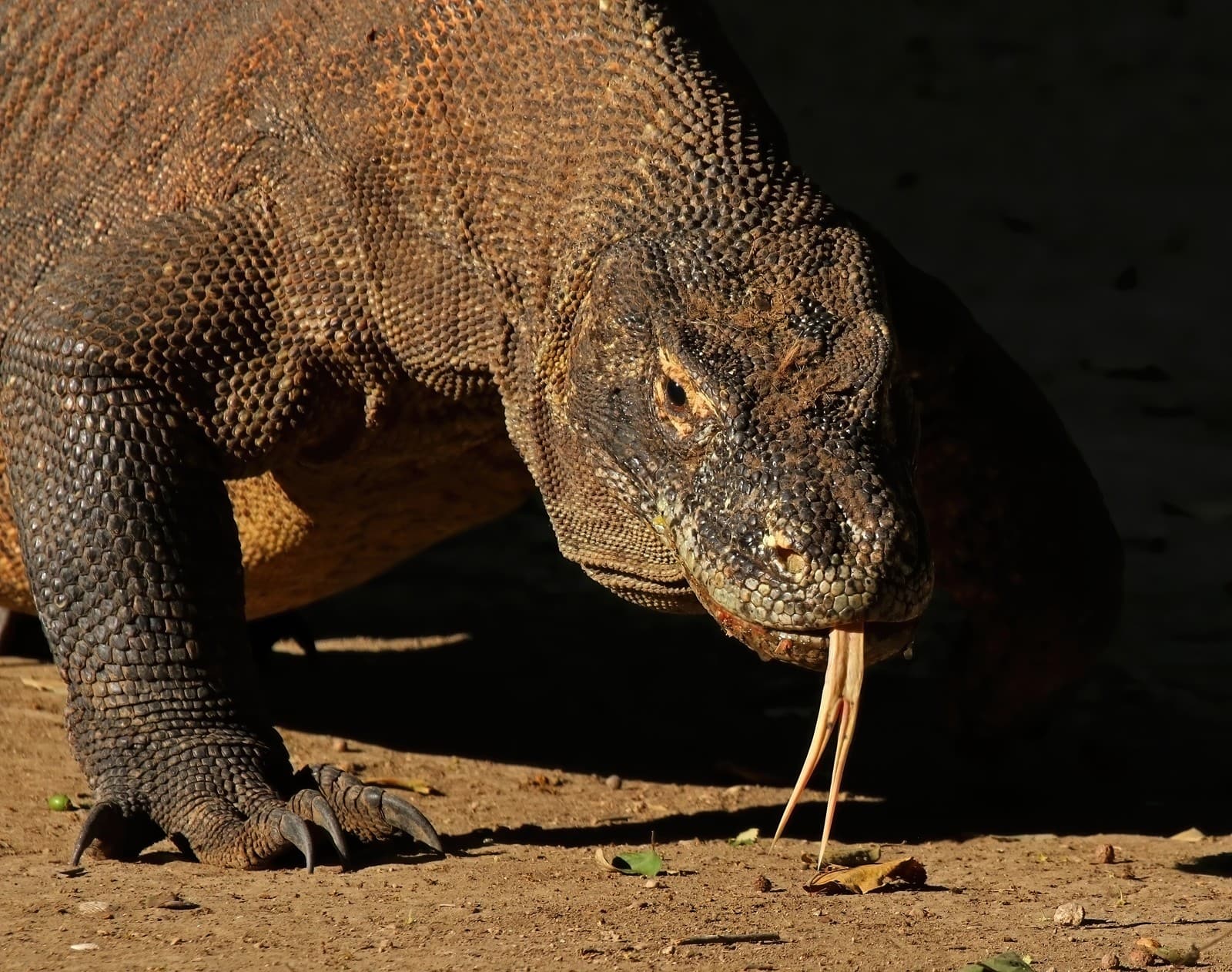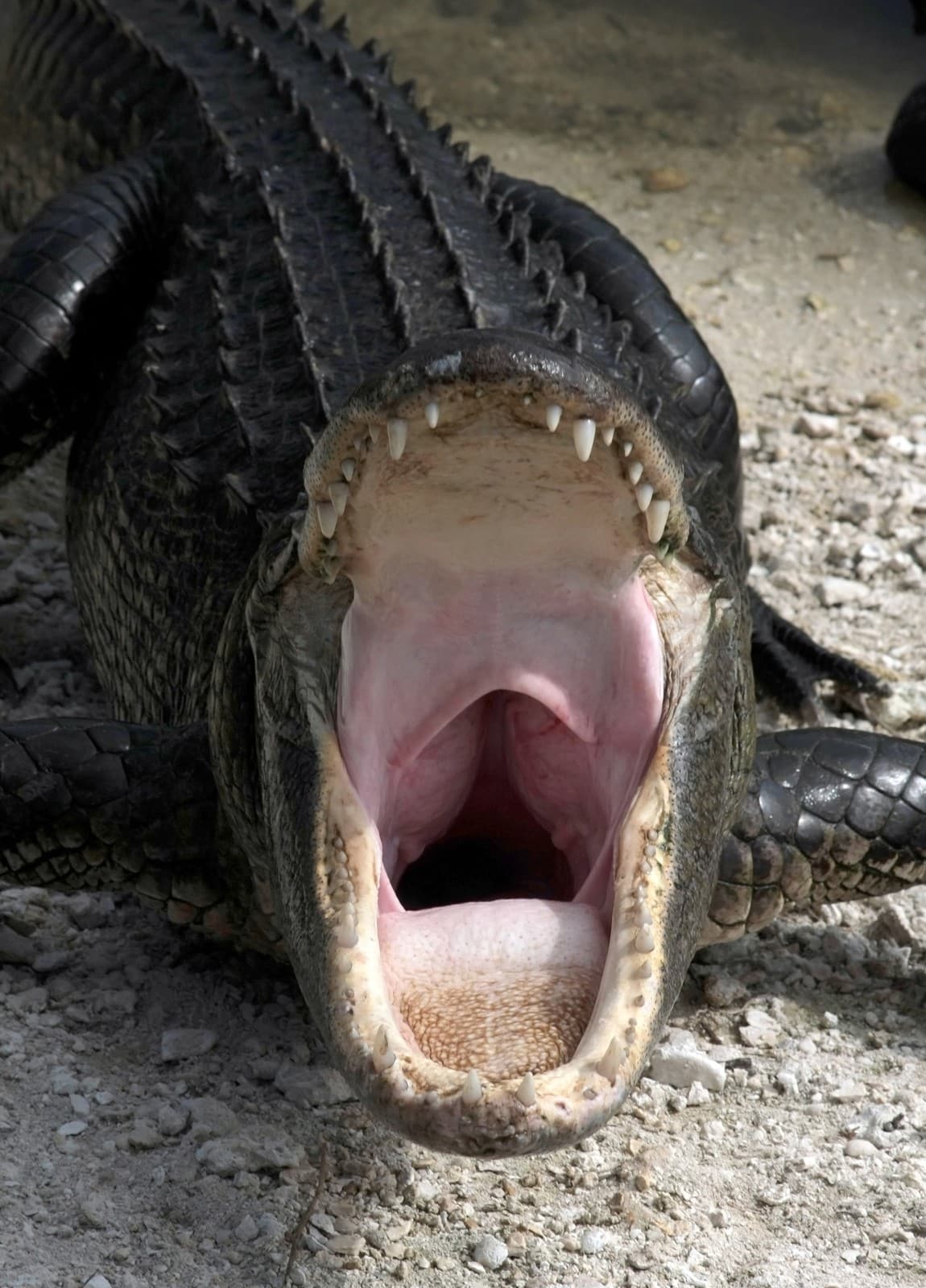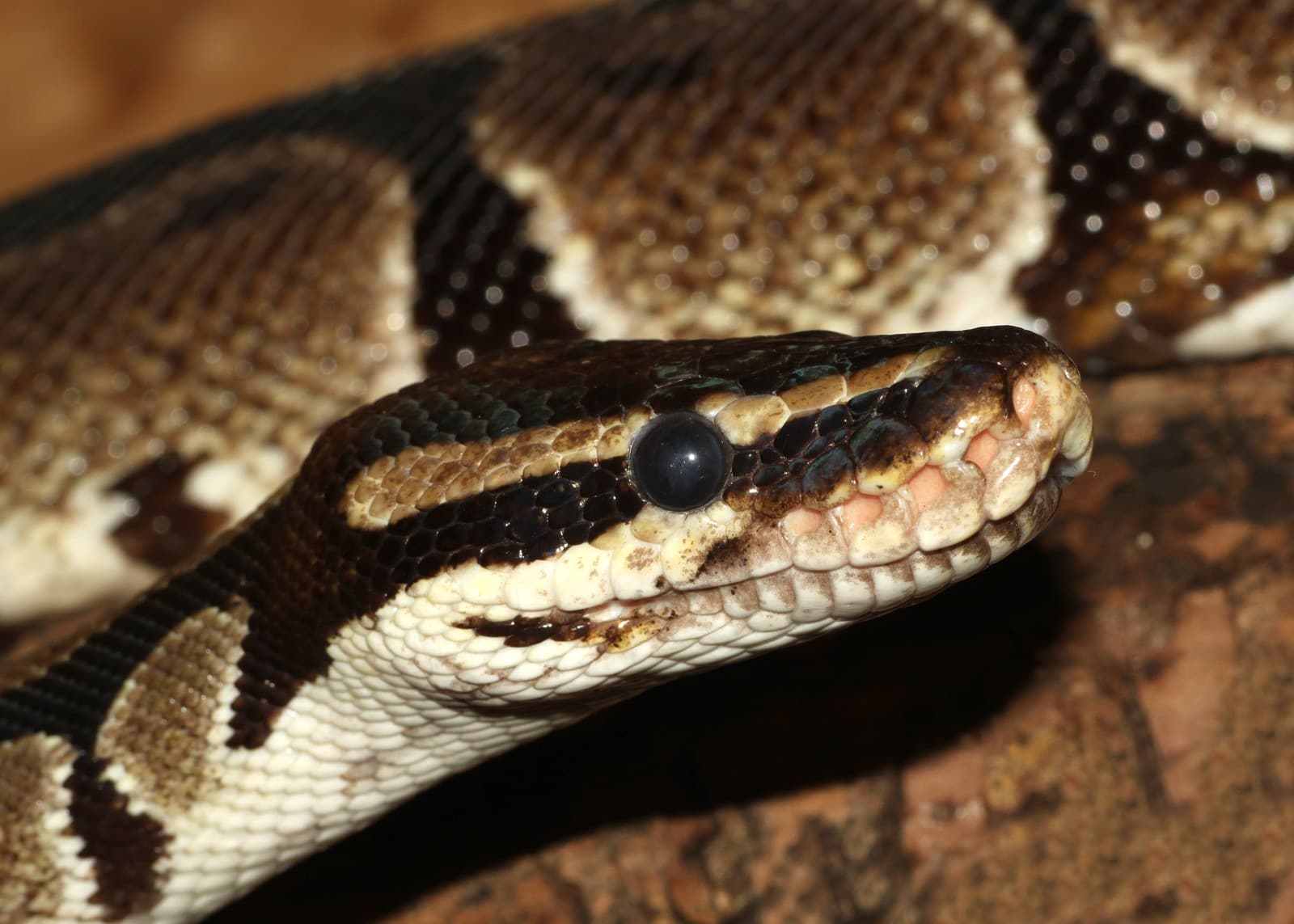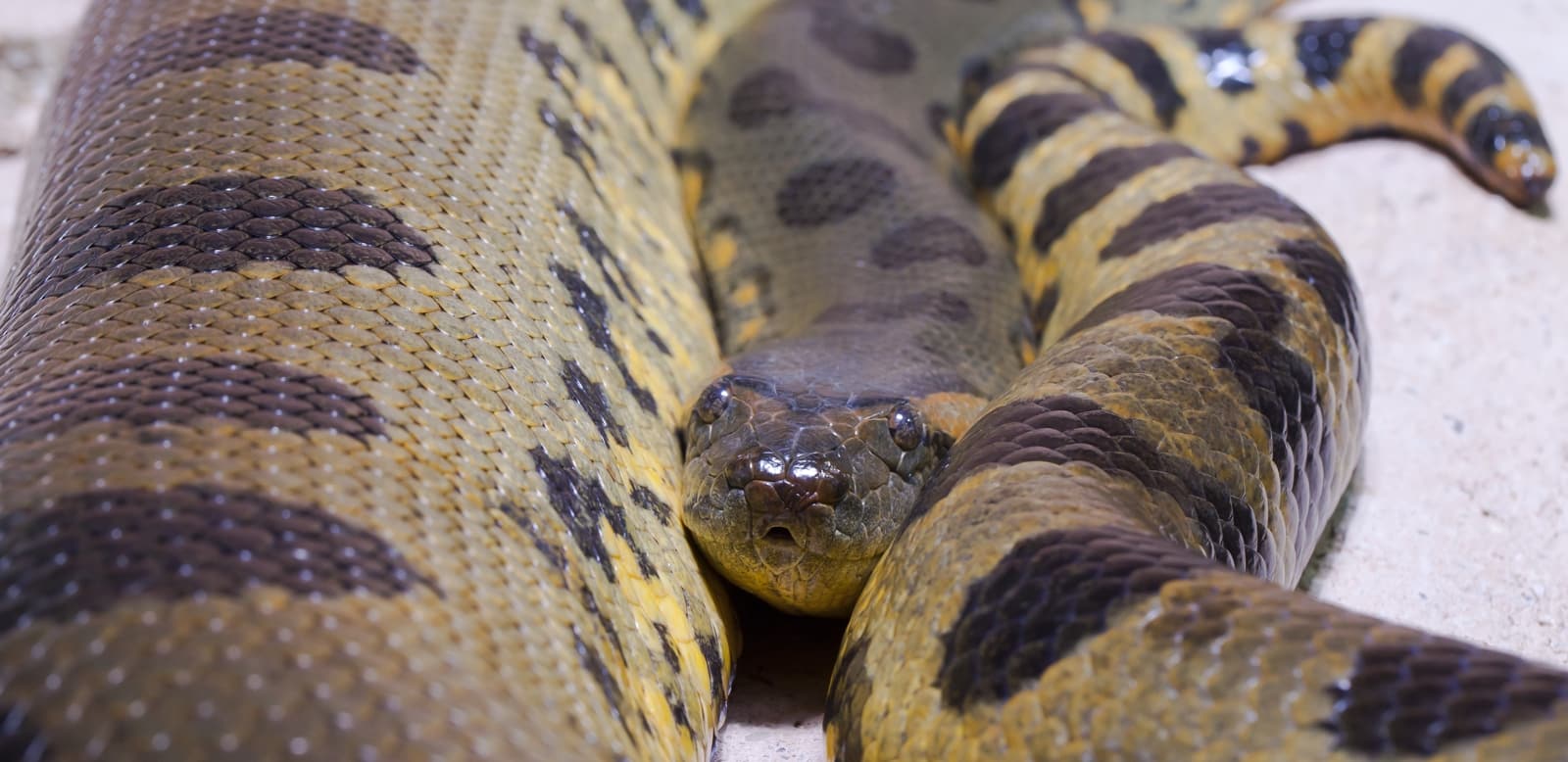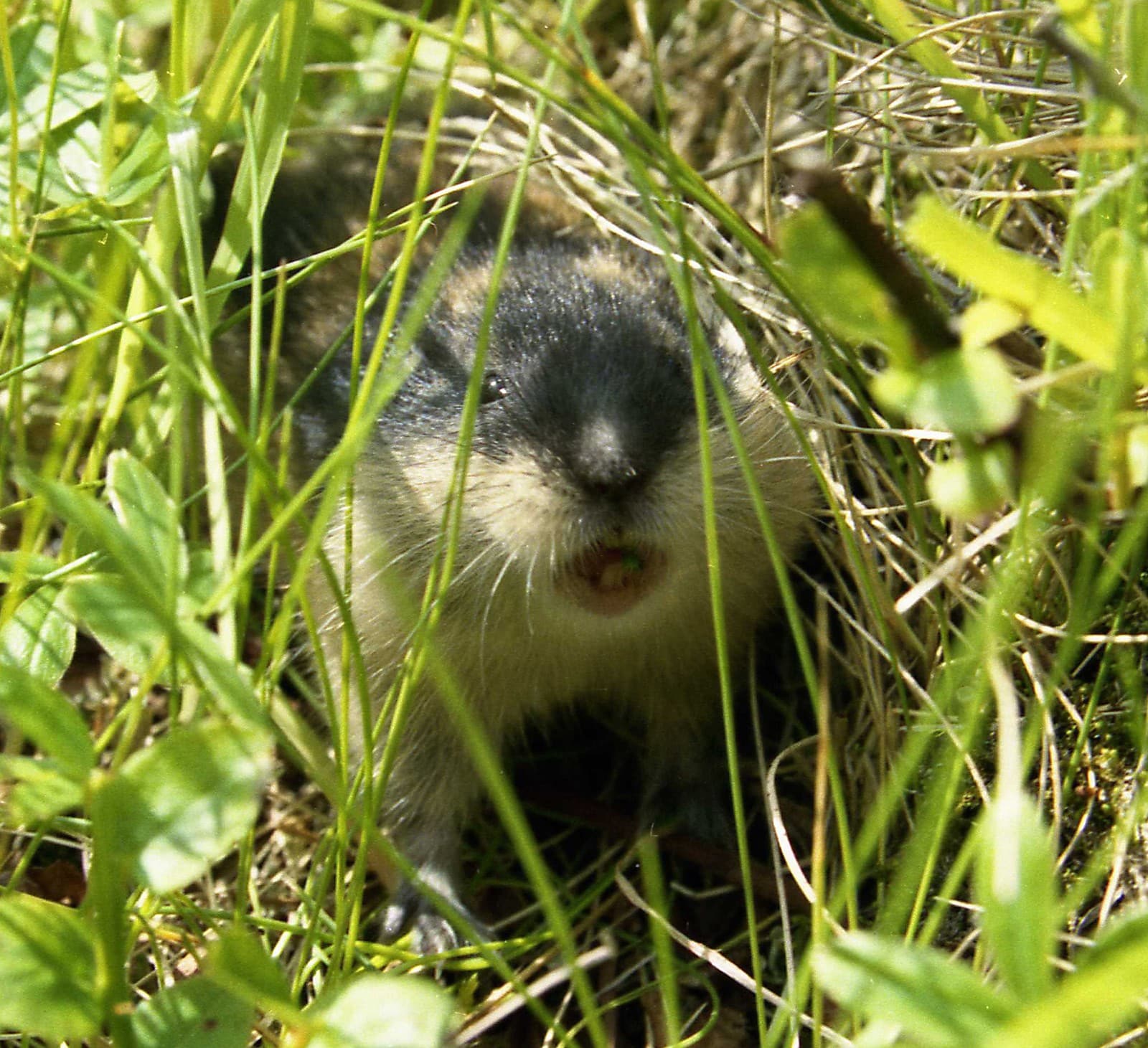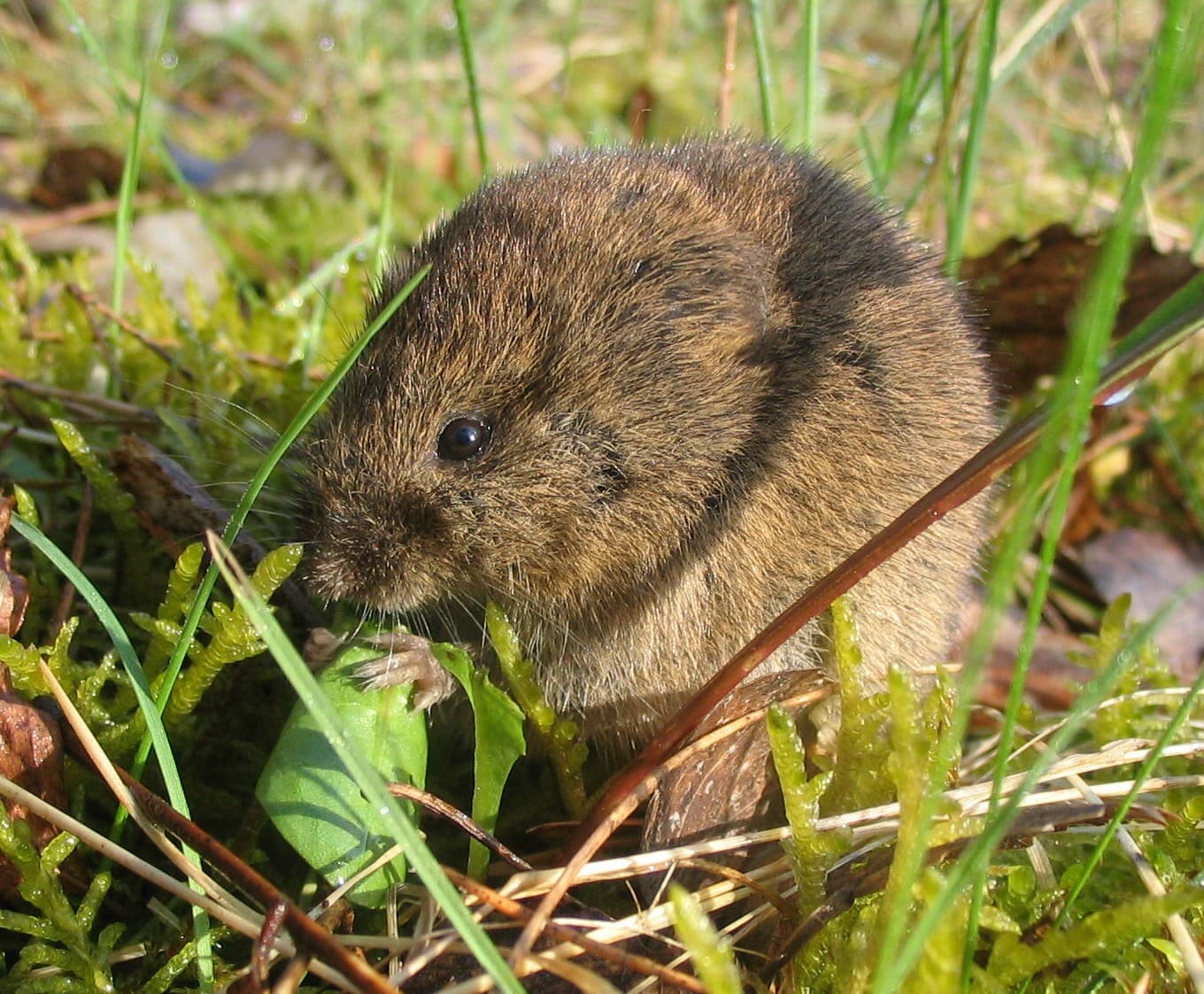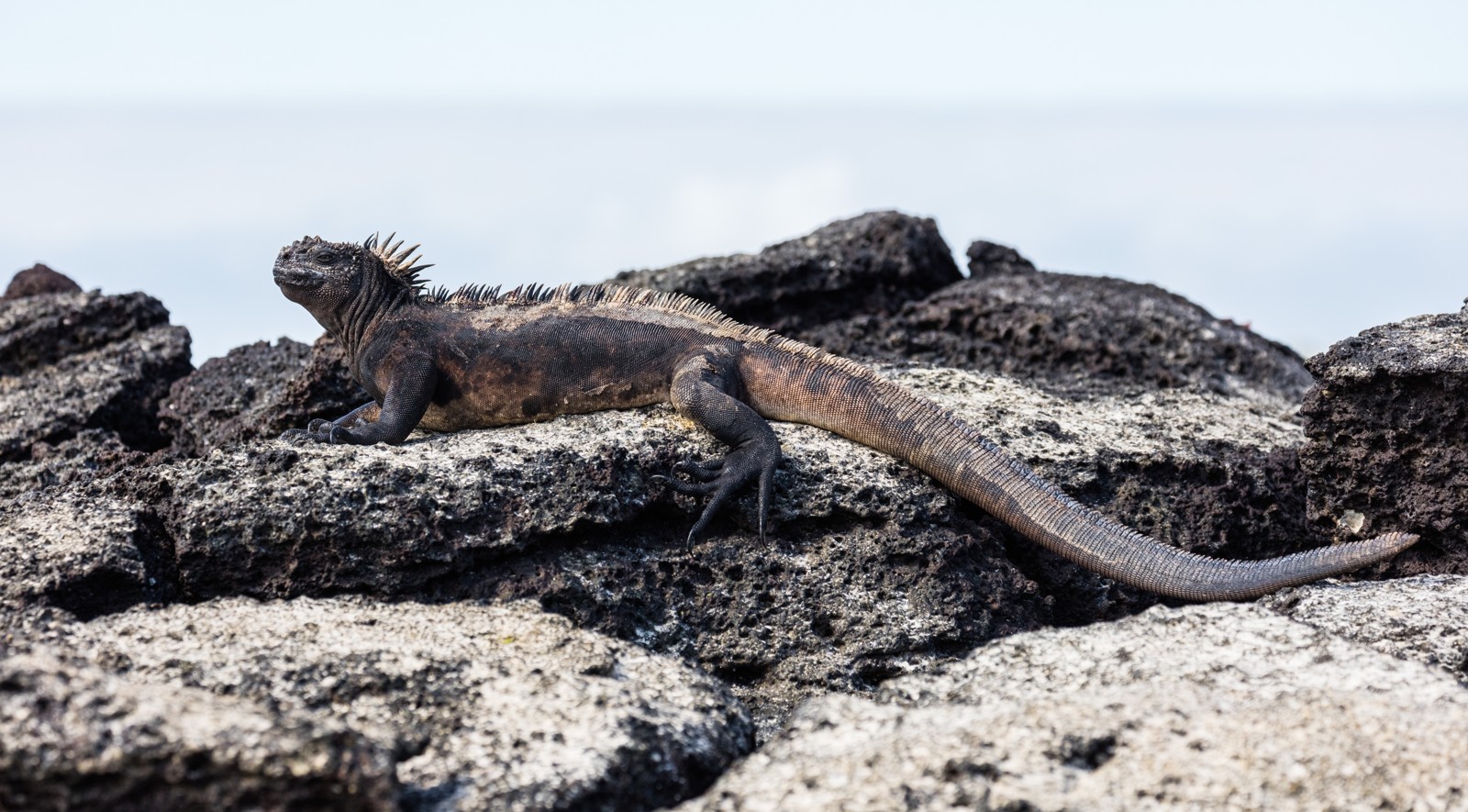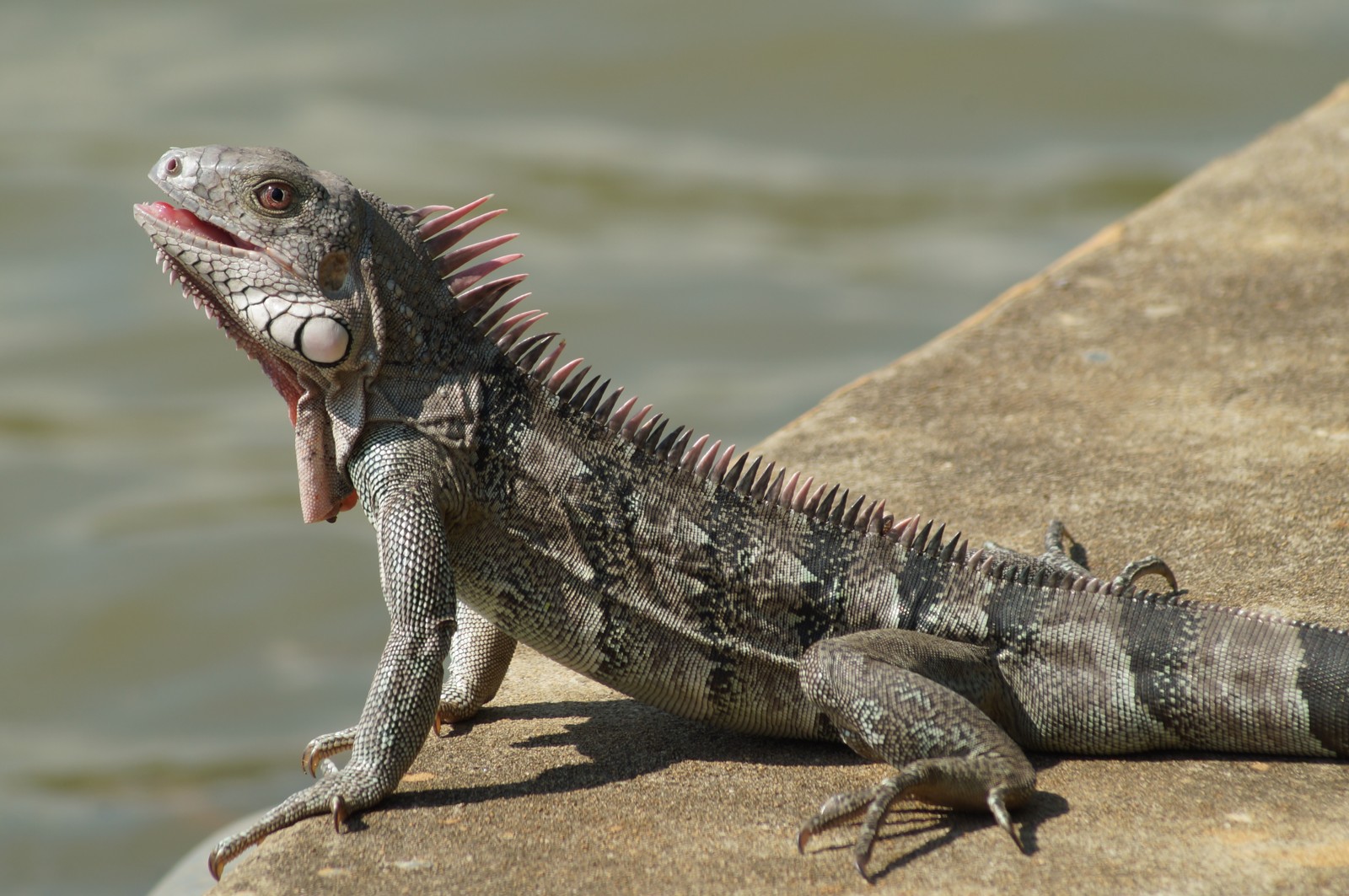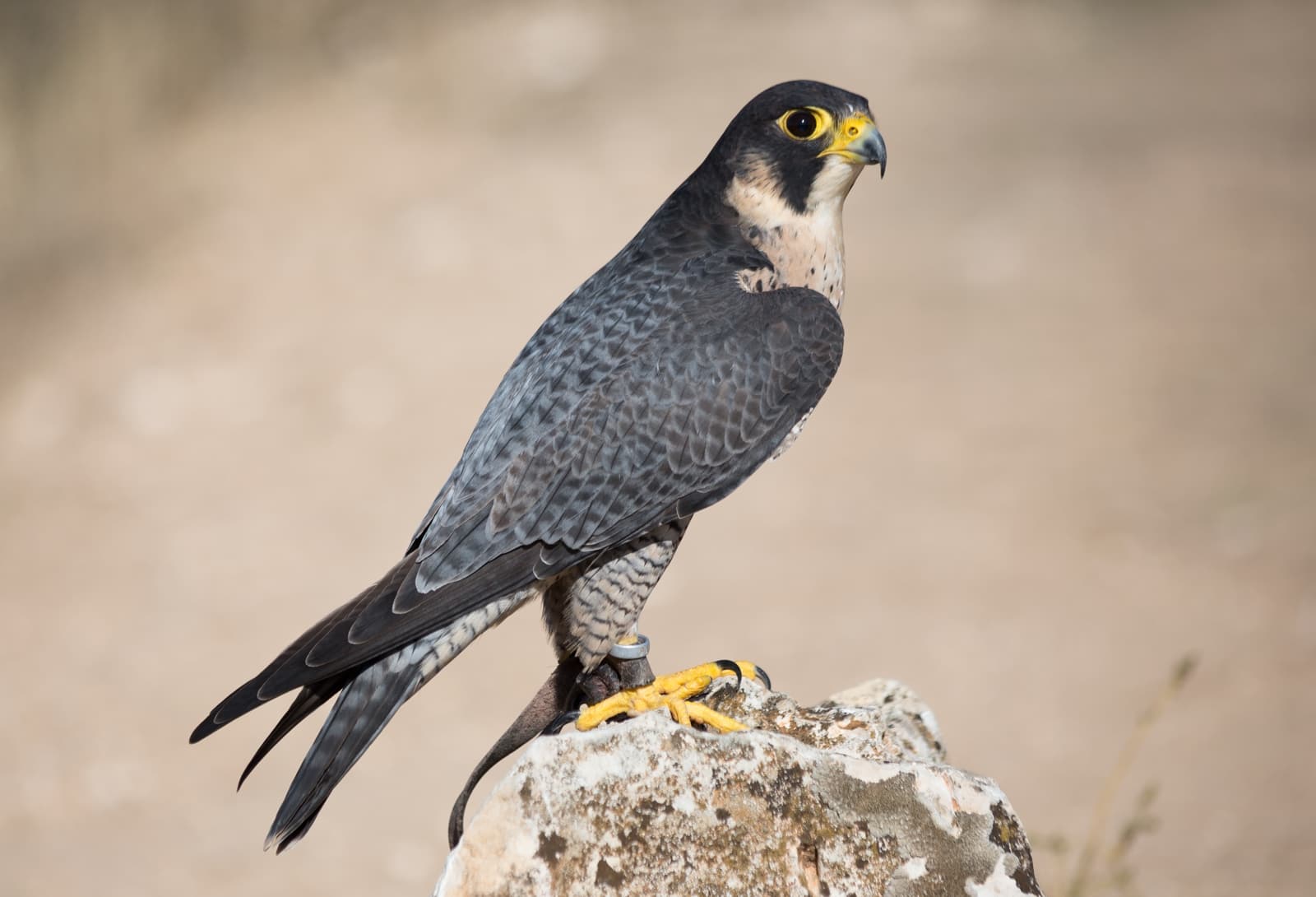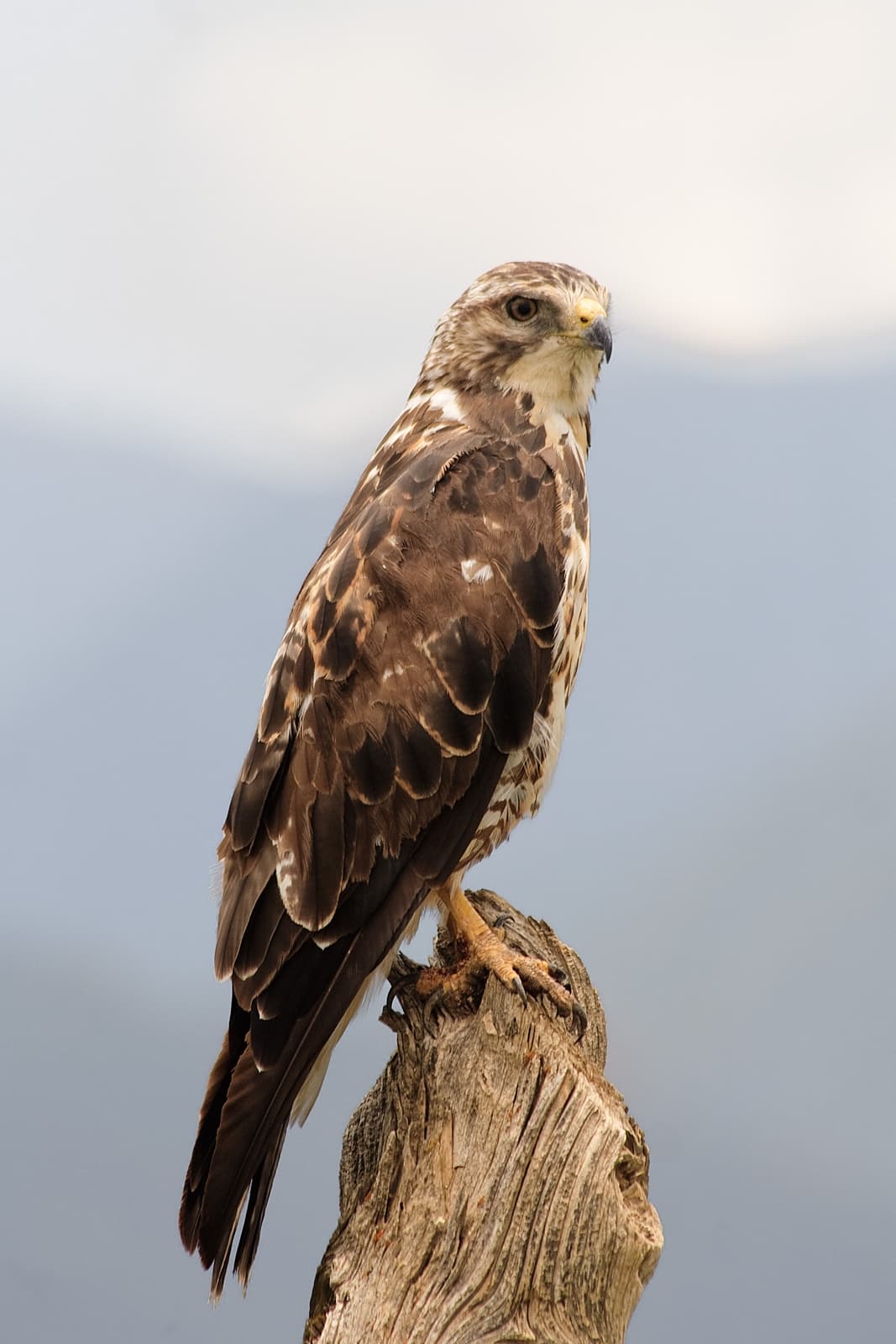Antelope vs Kudu: A Complete Comparison
When comparing antelope vs kudu, it’s important to note that kudus are actually a specific type of antelope, though they possess distinct characteristics that set them apart from other antelope species. The Greater Kudu stands significantly taller than most antelopes, reaching heights of 60 inches (152 cm) at the shoulder, while common antelope species like the Thomson’s Gazelle typically measure 25-35 inches (63-89 cm) at the shoulder.
The most striking difference between kudus and other antelopes lies in their horn structure and body size. Male kudus possess spectacular spiral horns that can grow up to 72 inches (183 cm) in length, making them among the longest horns of any antelope species. In contrast, most other antelopes have shorter, less elaborate horns ranging from 10-30 inches (25-76 cm).
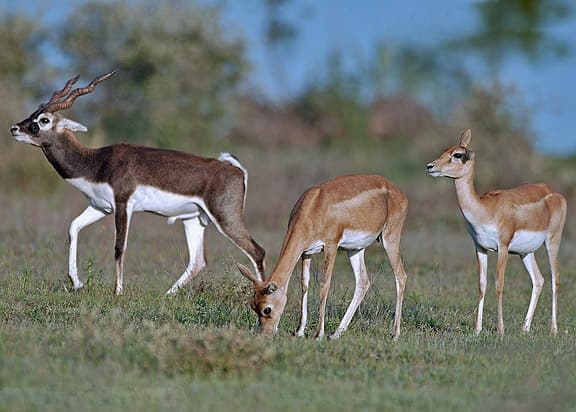
© Mr Raja Purohit / CC BY-SA 2.5
The blackbuck antelope demonstrates the classic antelope build: lightweight, agile, and built for speed across open plains. Note the distinctive coloration and shorter, spiral horns compared to the kudu.
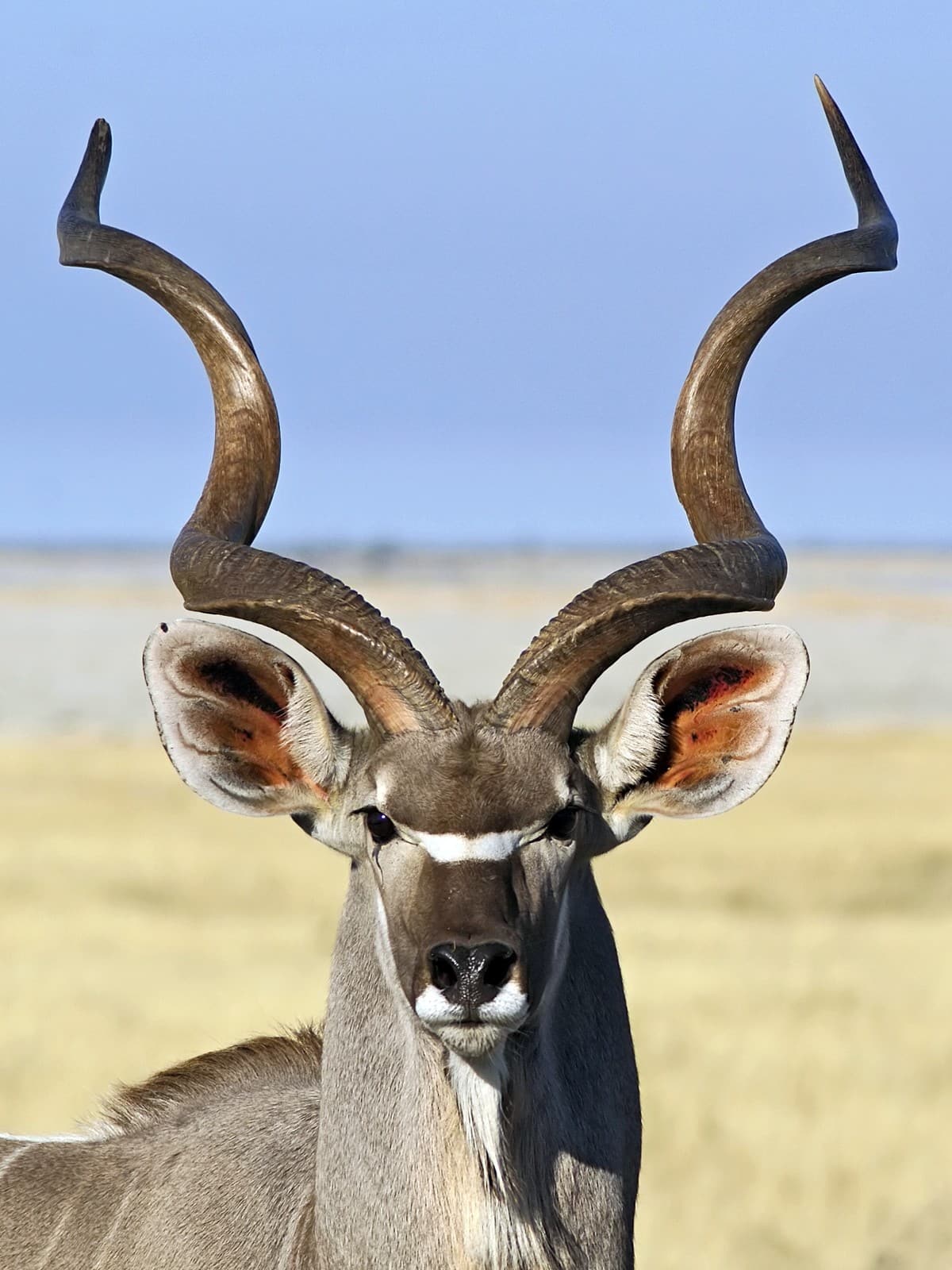
© Hans Hillewaert / CC BY-SA 4.0
The Greater Kudu exhibits the remarkable spiral horns and robust build that distinguish it from smaller antelope species. The distinctive white facial markings and large ears are characteristic features of this woodland-dwelling antelope.
Key Differences: Antelope vs Kudu
| Feature | Antelope | Kudu |
|---|---|---|
| Size | 25-35 inches (63-89 cm) at shoulder | 40-60 inches (100-152 cm) at shoulder |
| Weight | 30-150 lbs (14-68 kg) | 420-600 lbs (190-270 kg) |
| Habitat | Open grasslands and savannas | Woodland and thick bush |
| Horn Length | 10-30 inches (25-76 cm) | Up to 72 inches (183 cm) |
| Social Structure | Large herds (10-50 individuals) | Small groups (2-10 individuals) |
| Diet | Primarily grass | Browse (leaves, shoots, fruits) |
Habitat and Distribution
While most antelope species thrive in open grasslands and savannas, kudus have adapted to life in woodland and bushveld environments. This habitat preference reflects in their behavior and physical characteristics. Kudus possess excellent camouflage for forested areas, with their striped bodies helping them blend into dappled woodland shade.
Behavioral Differences
Antelopes typically form large herds for protection against predators, with some species gathering in groups of hundreds during migration. Kudus, however, prefer smaller social groups of 2-10 individuals, using their woodland habitat and excellent hearing (aided by their large ears) for protection.
Diet and Feeding Habits
The dietary preferences between antelopes and kudus show significant variation. Most antelope species are grazers, feeding primarily on grasses. Kudus, as woodland specialists, are browsers, feeding on leaves, shoots, and fruits from trees and shrubs. Their longer legs and flexible necks allow them to reach higher branches, accessing food sources unavailable to shorter antelope species.
Who Would Win: Antelope vs Kudu
In a theoretical confrontation, the Greater Kudu would have a significant advantage over most antelope species due to its superior size and weight. A male kudu can weigh up to 600 pounds (270 kg), compared to the average antelope’s weight of 30-150 pounds (14-68 kg). However, such confrontations rarely occur in nature as these species occupy different ecological niches and typically avoid conflict.
Conservation Status
Both antelopes and kudus face similar conservation challenges, primarily habitat loss and hunting pressure. However, their different habitat preferences mean they’re affected differently by human activities. Grassland antelopes often face pressure from agricultural expansion, while kudus are more impacted by deforestation and woodland degradation.
